Federal Budget 2022: Our experts deliver their budget verdicts
We reveal how the budget will affect tax, housing, aged care, health, education and the economy.

BUDGET VERDICT

Dennis Shanahan, National Editor
This budget can’t win the election.
But it has done everything it can towards giving the Morrison government a chance at re-election in May.
There has been too much uncertainty: the two-year Covid-19 pandemic; social division; natural disasters from bushfires to floods; aggression from China; a recession in Australia and global economic decline and, now; a war in Europe, for any budget, no matter how good or how political to guarantee an election win or even an electoral boost.
Josh Frydenberg has kept the Coalition competitive in the face of terminal opinion polls and an energetic and critical Anthony Albanese. The Treasurer has offered what help he can to people facing spiking cost-of-living pressures, such as cutting the price of petrol to less than the critical $2 a litre, in an effort to bring back middle Australia while spruiking fiscal discipline and declaring the “time for fiscal emergency support has passed”.
MAIN POINTS:
• More than $8 billion in immediate cost-of-living relief is being directed at middle Australia which is feeling the pressure of rising costs in an effort to show the Coalition cares.
• The short-term economic outlook is very strong: a fast recovery, unemployment less than 4 per cent, higher growth than most of the world, and even hope of rising wages. But the long-term outlook is bleak, even if marginally better than it was last year.
–
DEBT/DEFICIT VERDICT

Patrick Commins, Economics Correspondent
The Treasurer has managed an impressive feat: a big spending budget of restraint. Managing to scatter around enough pre-election budget goodies while also banking a $103bn improvement in the budget bottom line over five years has been made possible by Australia achieving – and holding – an unemployment rate at 3.75 per cent out to the middle of the decade, and potentially beyond. A booming economy that continues to surprise with its vigorous recovery out of Covid lockdowns has been turbocharged by an extraordinary surge in prices for key commodities such as iron ore and coal. That helps square the circle of a big spending, big saving government.
MAIN POINTS
• Deficits shrink from $79.8bn in this financial year, or 3.5 per cent of GDP, to $43.1bn by June 2026, or 1.6 per cent as a share of the economy.
• Deficits in 2021-22 and 2022-23 are about $20bn below the mid-year forecast.
–
DEFENCE VERDICT

Ben Packham, Foreign Affairs and Defence Correspondent
Scott Morrison and Peter Dutton have ratcheted up the fear factor in the run up to the coming election, warning of “unprecedented threats” to Australia’s way of life posed by the likes of China and Russia. But the budget tell a different story – that its business as usual for Defence as it plods along with decades long procurements programs. It’s like the government has missed its own memo.
MAIN POINTS
• Defence funding is set to remain steady about just over 2 per cent over the forward estimates.
• The budget includes no new allocations for acquiring nuclear-powered submarines, advanced missiles or armed drones.
• The cost of getting out of the French submarine contract is set to rise to a whopping $3.3bn.
• The one bright spot in the Defence budget is a $9.9bn decade-long commitment to create a new cyber warfare centre within the Australian Signals directorate.
–
BUSINESS VERDICT

Eric Johnston, Associate Editor
After two years and hundreds of billions of emergency Covid spending used to prop up the economy, business leaders know to its time to step aside and let the election take place. For any chief executive sweating on big ticket reforms across the supply chain or jobs market, this time around they are looking in the wrong place. The budget shows the economy is roaring back. But election sweeteners including low income tax breaks threaten to put additional heat which will translate to inflation. Business investment is forecast to pick up to 5.5 per cent this year and 9 per cent the next year, marking some of the strongest investment levels in more than a decade. Cashed-up businesses are capitalising on growth as well as making up for two lost years. Meanwhile a boom in commodity prices, largely brought about by a war in Ukraine, is expected to deliver a resources profit and tax windfall. Net debt is nearing $1bn in the coming year but budget repair is scheduled for the medium term.
MAIN POINTS
• A $1bn to support package for small businesses to go digital.
• Extension of popular “patent box” tax concession scheme to spur tech breakthroughs in agribusiness and renewable energy.
–
AGED CARE VERDICT

Stephen Lunn, Social Affairs Editor
Last year the Morrison government put a hefty $17.7 billion price tag on trying to win back trust in its handling of aged care – to little avail. It is still blamed for the sector’s significant issues – hundreds of nursing home residents dying of Covid-19, workers paid too little for the difficult work they do, low quality food in too many aged care facilities. Throwing more money at aged care isn’t going to win the government any more votes, and this is an election budget. And with the anticipated wage claim of 360,000 aged care workers not factored in, the forward estimates in this budget become almost meaningless.
MAIN POINTS
• Little new spending on aged care beyond the $18 billion committed in 2021.
• Anticipated future wage rises of aged care workers not in forward estimates.
–
WAGES VERDICT
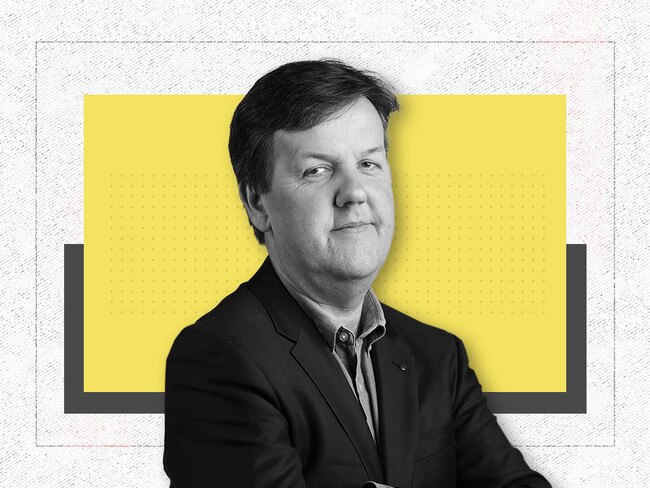
Ewin Hannan, Workplace Editor
After years of overseeing low wages growth, the Coalition’s prediction of a post-election surge in pay packets is unlikely to pass the pub test. If Anthony Albanese put up the same projections as Josh Frydenberg, the latter would be telling voters that Labor was engaging in a monstrous election eve con and should not be believed. The budget confirms many workers will cop a real wage cut this financial year hence the extra cash handouts. But then workers are asked to believe that inflation will be brought under control and wages will outpace CPI. With an election about to be called, voters are entitled to be highly sceptical.
MAIN POINTS
• Skills — New apprentices to get $5000 payments paid over two years
• Manufacturing — An extra billion in manufacturing, including $500 million in the regions
–
HEALTH VERDICT
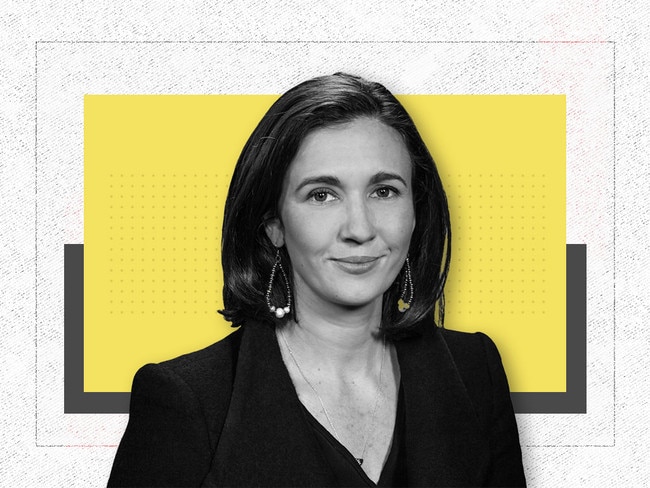
Natasha Robinson, Health Editor
The Federal government has proven in this budget that it remains impervious to demands from state government and the Australian Medical Association to dramatically increase the Federal share of funding for hospitals. The states and the AMA had been demanding a $20 billion injection into hospitals, arguing they are overloaded and the extra costs associated with Covid-19 exceeded the capacity of the states to respond. But this budget simply continues hospital funding as usual, with an increase as was always planned of $9.8 billion during the next year as the government remains on target to increase its share of hospital funding to $32.7 billion a year by 2025-26. The failure to increase funding to 50-50 with the states and abolish the 6.5 per cent cap on the increase in Commonwealth spending will set up an election showdown with the predominantly Labor states, always NSW will also be extremely unhappy. There is a sweetener in terms of the Covid-19 response, with this budget allowing for costs associated with the pandemic to be shared equally by the Commonwealth for another year.
MAIN POINTS
• Funding for the Covid-19 health response will continue to be shared 50-50 with the states, with the Commonwealth allocating $4.2 billion to fund hospital costs, testing, the vaccine booster program, and the expansion of public funding of rapid antigen tests.
• The safety net for pharmaceuticals will be lowered by around $100 for concessional and non-concessional consumers. After concession holders spend $326.40 on medicines, and after non-concessional patients spend $1457.10, scripts for the rest of the year will be free for concession holders and only $6.80 for everyone else.
• The drug Trodelvy, previously costing $80,000 for one course, will be funded on the Pharmaceutical Benefits Scheme.
–
INFRASTRUCTURE VERDICT

John Ferguson, Associate Editor
It is hard to argue against big spending on infrastructure as a means to spread the budget love after the effects of the two-year pandemic. The imperative is the government remains committed to projects that will have a meaningful impact on the community. The hard to determine downside is that spending fuels inflation and contributes to higher interest rates.
MAIN POINTS
• An extra $18bn will be spent on new commitments supporting about 40,000 jobs.
• Queensland will get $4.4bn in new commitments, more than NSW and Victoria.
–
ENERGY VERDICT
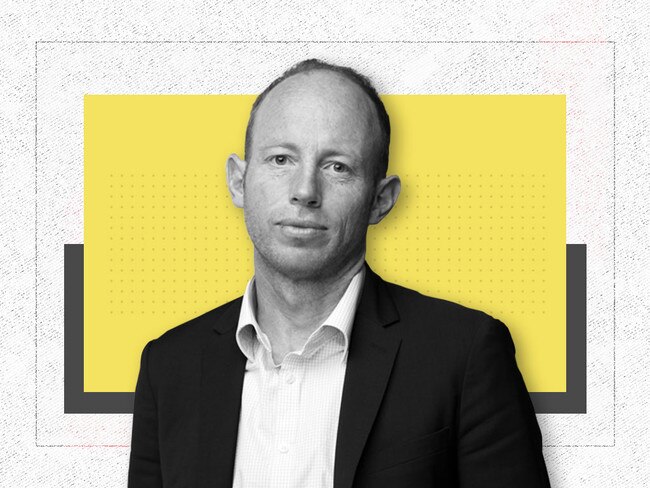
Perry Williams, Senior Business Writer
MAIN POINTS
• Over $700m devoted to hydrogen and low emissions technologies as Australia chases a goal of becoming a top 3 exporter of the fuel
• Billed as allowing Australia to meet net zero emissions by 2050 without new taxes or financial burdens
–
HOUSING VERDICT

Charlie Peel, Reporter
The popular scheme to step in as guarantor for first home buyers has put the dream of living under your own roof back within reach of many Australians.
It’s therefore no surprise that the Coalition has doubled the number of spots to 50,000 a year.
Importantly, setting aside 10,000 places for regional families will ensure the scheme is not oversubscribed by city-dwellers.
But it won’t fix national housing supply issues and concerns remain about the potential for the scheme to force property prices even higher.
Price caps also limit buyer options.
Still, not everyone can afford to buy a home and the additional $2bn to help provide cheap loans to community housing providers will help address chronic shortfalls.
It will give the Coalition something to spruik in low-income areas as it heads towards an election that will likely be defined by the cost of living.
MAIN POINTS
• Increasing the number of guarantees under the Home Guarantee Scheme to 50,000 a year.
• An extra $2bn to increase cheap loans for community housing providers.
–
HIGHER EDUCATION VERDICT

Olivia Caisley, Reporter
This is a steady as she goes budget for Higher Education, with no major announcements beyond the $2.2bn investment in research commercialisation – made public in February – to help fund university innovation in creating new commercial products in areas such as recycling and clean energy. This budget positions higher education as part of the government’s skills and economic growth agenda through the reorientation of research towards commercial outcomes. A new detail is that the $2.2bn funding will be boosted by a $37.4m cash injection over four years to pay for a CSIRO-led program focused on “taking research from the lab into the market”. Acting Education Minister Stuart Robert said the budget confirmed the government’s strong commitment to “supercharging” university innovation and industry collaboration.
MAIN POINTS
• $2.2bn to supercharge the commercialisation of research in areas like space, defence, food and beverages.
• $37.4m over four years to pay for a CSIRO-led program to help take university research “from the lab into the market”.
• $99.3m over four years from 2022-23 to fund an increase in the number of medical students studying in rural and remote locations; $36.2m over the same period to fund new University Departments of Rural Health in the South West and Goldfields regions of Western Australia to support rural medical training and $14.8m to support Charles Sturt University deliver a Rural Clinical School.
–
MIGRATION VERDICT

Robyn Ironside, Senior Reporter
The failure to increase migration levels beyond 160,000 places will disappoint industry leaders who had sought a turbocharging of numbers to address labour shortages.
Although there is something of a redistribution of those places to favour skilled workers at the expense of partners, it’s unlikely to be enough to fill vacancies in the engineering, manufacturing, transport and construction sectors.
The lack of growth would also seem to defy Treasury research which found migrants make an average lifetime contribution of $198,000 to the nation’s finances, compared to an average $85,000 cost for the general population.
In an effort to appease employers crying out for workers, there is a 30 per cent increase in the cap on working holiday-makers for the 2022-23 year only, which will allow for an additional 11,000 places. International students will also be able to work for more than 40-hours a fortnight in recognition of the desperate situation in the retail, hospitality and tourism sectors.
MAIN POINTS
• Permanent migration maintained at 2020 levels of 160,000 places, including 109,900 Skillstream places.
• Interstate migration tipped to favour Queensland, with 30,000 people relocating to the state this year, and in excess of 19,000 a year for the next three years.
• Australia’s population set to top 26 million in the next year, and surge past 27 million by 2025-26.
.
–
WOMEN VERDICT
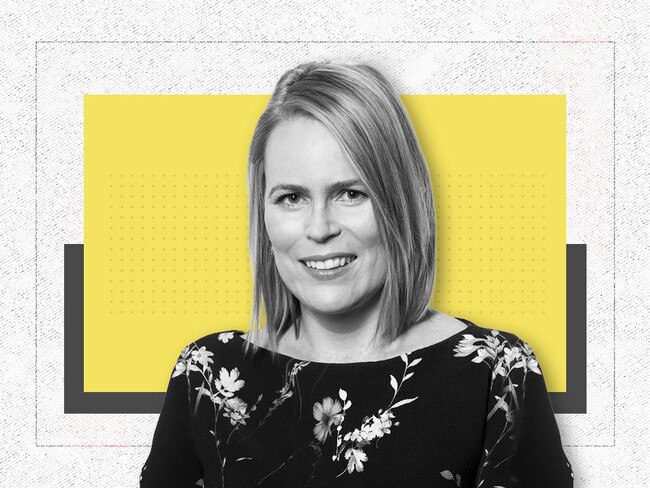
Natasha Bita, Education Editor
Respect for women and the issues they care about – safety, families and finances – is at the heart of this election budget. Scott Morrison knows his government is on the nose with female voters, after a year of #MeToo scandals. Many women have borne the brunt of educating children or caring for elderly parents through the Covid-19 pandemic and lockdowns, and the scourge of domestic violence has soared. This pragmatic budget focuses on women’s physical safety and financial security, with more money for women’s health, help for those fleeing domestic violence, and incentives for girls and women to take up a trade or learn skills for lucrative careers in the digital economy. But it fails to fix spiralling childcare costs.
MAIN POINTS
• $1.3bn for women’s safety, including $5000 payments to escape domestic violence.
• A new National Women’s Health Advisory Council, and more money for breast cancer drugs, endometriosis diagnosis and treatment of eating disorders.
–
COST OF LIVING VERDICT
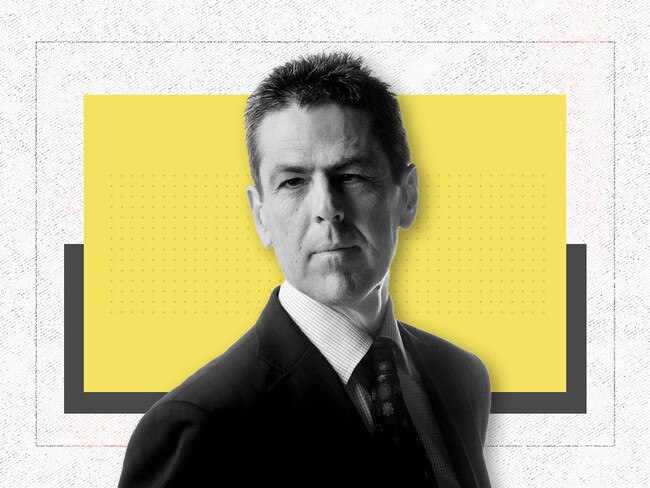
Tom Dusevic, National Chief Reporter
The cost of living package is short, fast and loud. It benefits by a little, a lot of people. Voters won’t miss it and will feel the difference in their bills immediately, especially at the petrol pump. But the cash splash should have been better targeted. More economic bang for budget buck would ensue by directing more relief to the low-paid and welfare recipients. With $250bn sitting in household savings accounts, and the jobless rate falling below 4 per cent this year, largesse to the middle class via the $420 boost to the tax offset this year is simply overkill.
MAIN POINTS
• Petrol: Excise cut by 22 cents a litre over the next six months, cutting the bill for a family with two cars by $300.
• Cost of Living Payment: a one-off $250 payment delivered within weeks to 6 million people, including pensioners, carers, veterans, job seekers, eligible self-funded retirees and concession card holders.

To join the conversation, please log in. Don't have an account? Register
Join the conversation, you are commenting as Logout